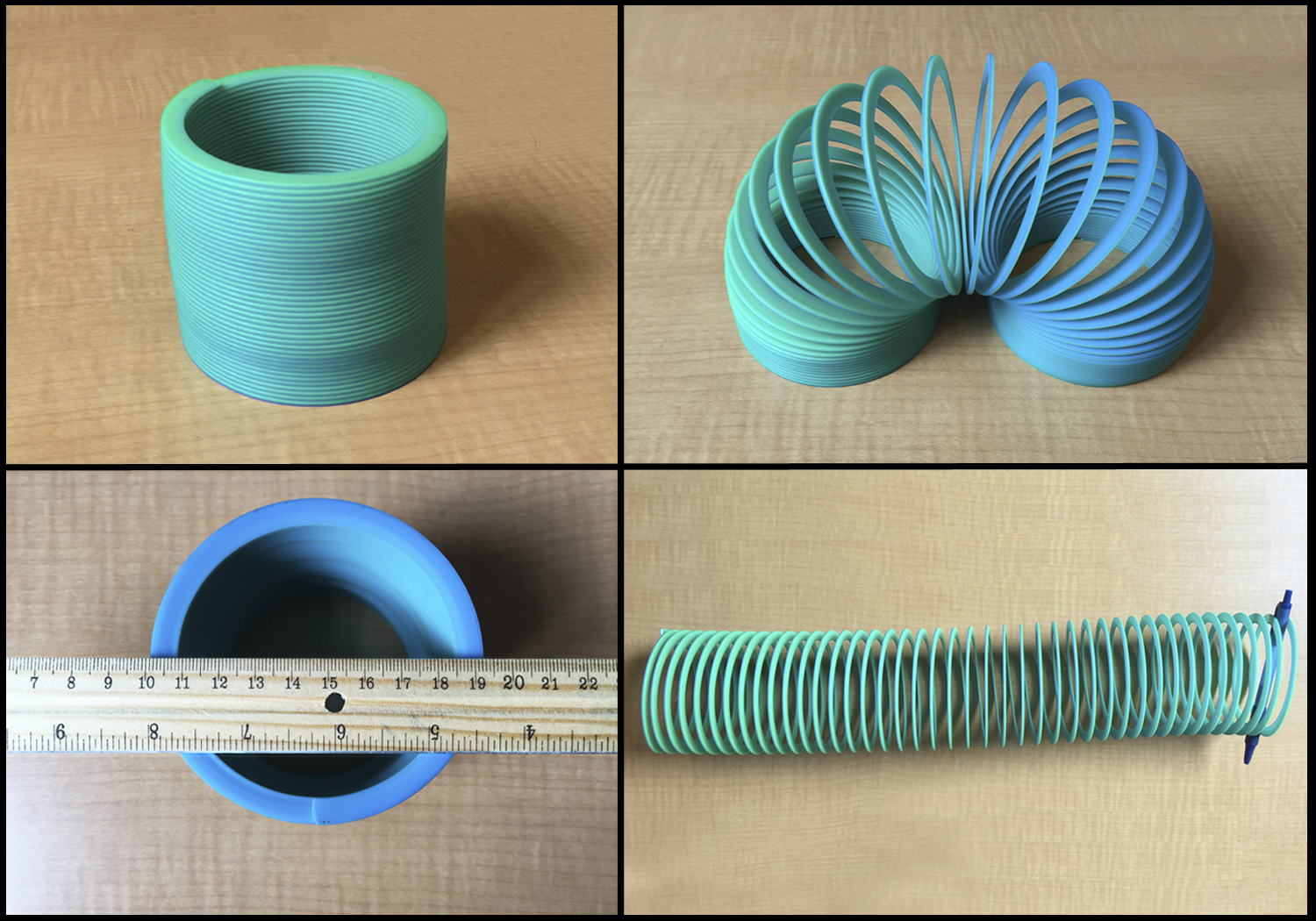5.1: A Rope and a Wheel
Han says that you can wrap a 5-foot rope around a wheel with a 2-foot diameter because $\frac52$ is less than pi. Do you agree with Han? Explain your reasoning.
Let’s explore how far different wheels roll.
Han says that you can wrap a 5-foot rope around a wheel with a 2-foot diameter because $\frac52$ is less than pi. Do you agree with Han? Explain your reasoning.
Your teacher will give you a circular object.
Follow these instructions to create the drawing:
Use your ruler to measure each distance. Record these values in the first row of the table:
| object | diameter | distance traveled in one rotation |
$\text{distance} \div \text{diameter}$ | |
|---|---|---|---|---|
| row 1 | ||||
| row 2 | ||||
| row 3 |
A car wheel has a diameter of 20.8 inches.
About how far does the car wheel travel in 1 rotation? 5 rotations? 30 rotations?
Write an equation relating the distance the car travels in inches, $c$, to the number of wheel rotations, $x$.
About how many rotations does the car wheel make when the car travels 1 mile? Explain or show your reasoning.
A bike wheel has a radius of 13 inches.
About how far does the bike wheel travel in 1 rotation? 5 rotations? 30 rotations?
Write an equation relating the distance the bike travels in inches, $b$, to the number of wheel rotations, $x$.
About how many rotations does the bike wheel make when the bike travels 1 mile? Explain or show your reasoning.
Here are some photos of a spring toy.

The circumference of a car wheel is about 65 inches.
The circumference of a circle is the distance around the circle. This is also how far the circle rolls on flat ground in one rotation. For example, a bicycle wheel with a diameter of 24 inches has a circumference of $24\pi$ inches and will roll $24\pi$ inches (or $2\pi$ feet) in one complete rotation. There is an equation relating the number of rotations of the wheel to the distance it has traveled. To see why, let’s look at a table showing how far the bike travels when the wheel makes different numbers of rotations.
| number of rotations | distance traveled (feet) | |
|---|---|---|
| row 1 | 1 | $2\pi$ |
| row 2 | 2 | $4 \pi$ |
| row 3 | 3 | $6 \pi$ |
| row 4 | 10 | $20 \pi$ |
| row 5 | 50 | $100 \pi$ |
| row 6 | $x$ | ? |
In the table, we see that the relationship between the distance traveled and the number of wheel rotations is a proportional relationship. The constant of proportionality is $2\pi$. To find the missing value in the last row of the table, note that each rotation of the wheel contributes $2\pi$ feet of distance traveled. So after $x$ rotations the bike will travel $2\pi x$ feet. If $d$ is the distance, in feet, traveled when this wheel makes $x$ rotations, we have the relationship: $$d = 2\pi x$$